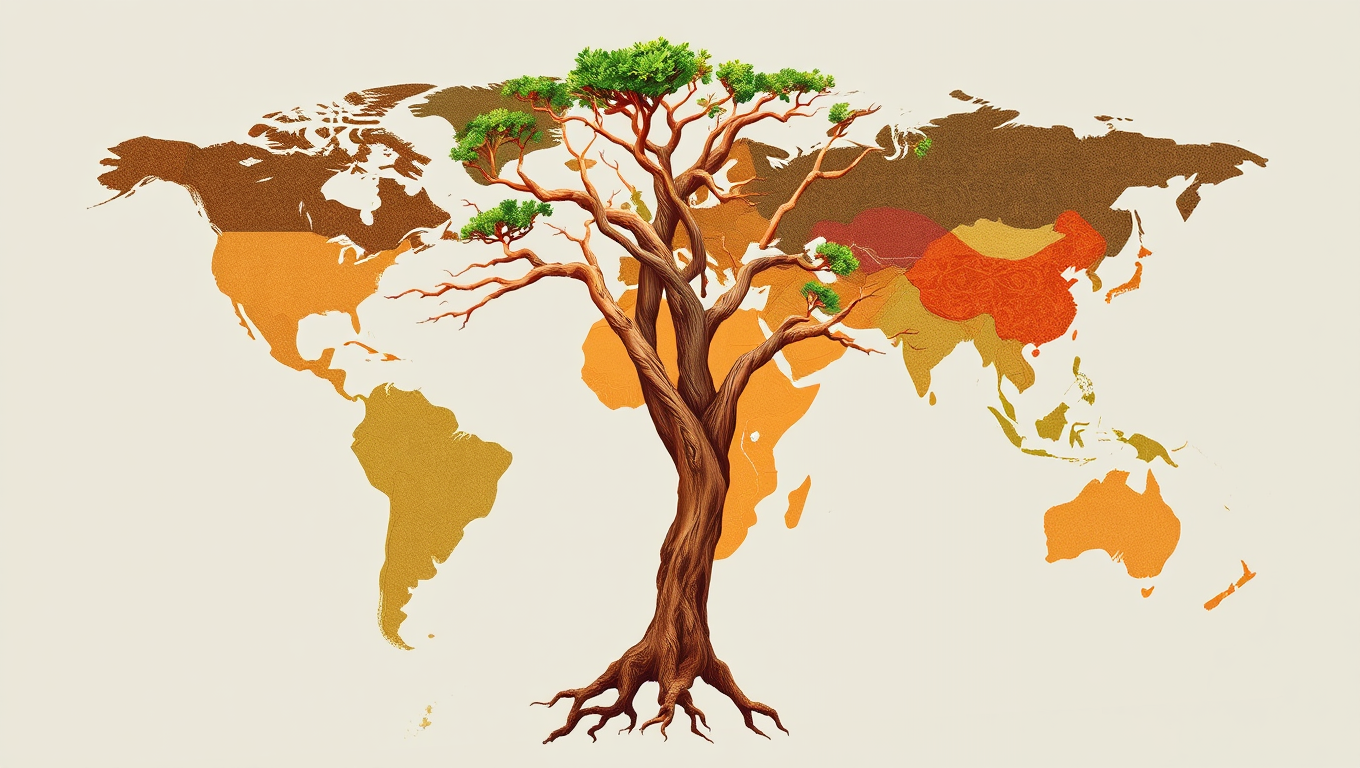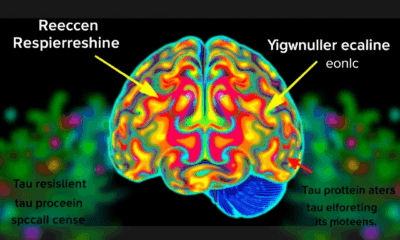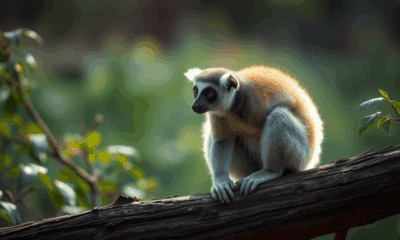While we try to keep things accurate, this content is part of an ongoing experiment and may not always be reliable.
Please double-check important details — we’re not responsible for how the information is used.
Early Humans
Beyond the Still Portrait of Ancestry: A New Approach to Understanding Human History
Researchers have created a way to see your family tree as a movie rather than a still portrait by tracing where your ancestors moved across the globe over time. The statistical method can also be used to model disease spread and studying how animals move through geographic regions.

Ancient Civilizations
Unburying the Past: Ancient Footprints Rewrite American History
Footprints found in the ancient lakebeds of White Sands may prove that humans lived in North America 23,000 years ago — much earlier than previously believed. A new study using radiocarbon-dated mud bolsters earlier findings, making it the third line of evidence pointing to this revised timeline.
Ancient Civilizations
Debunking the Elite: New DNA Research Challenges Ancient Ireland’s Incestuous Social Hierarchy
DNA from a skull found at Newgrange once sparked theories of a royal incestuous elite in ancient Ireland, but new research reveals no signs of such a hierarchy. Instead, evidence suggests a surprisingly egalitarian farming society that valued collective living and ritual.
Ancient Civilizations
Uncovering Ancient Native American Farms in Michigan: A Drone-Based Study Reveals 1,000-Year-Old Farming System
In the dense forests of Michigan s Upper Peninsula, archaeologists have uncovered a massive ancient agricultural system that rewrites what we thought we knew about Native American farming. Dating back as far as the 10th century, the raised ridged fields built by the ancestors of the Menominee Indian Tribe covered a vast area and were used for cultivating staple crops like corn and squash. Using drone-mounted lidar and excavations, researchers found evidence of a complex and labor-intensive system, defying the stereotype that small, egalitarian societies lacked such agricultural sophistication. Alongside farming ridges, they also discovered burial mounds, dance rings, and possible colonial-era foundations, hinting at a once-thriving cultural landscape previously obscured by forest.
-

 Detectors3 months ago
Detectors3 months agoA New Horizon for Vision: How Gold Nanoparticles May Restore People’s Sight
-

 Earth & Climate4 months ago
Earth & Climate4 months agoRetiring Abroad Can Be Lonely Business
-

 Cancer4 months ago
Cancer4 months agoRevolutionizing Quantum Communication: Direct Connections Between Multiple Processors
-

 Agriculture and Food4 months ago
Agriculture and Food4 months ago“A Sustainable Solution: Researchers Create Hybrid Cheese with 25% Pea Protein”
-

 Diseases and Conditions4 months ago
Diseases and Conditions4 months agoReducing Falls Among Elderly Women with Polypharmacy through Exercise Intervention
-

 Albert Einstein4 months ago
Albert Einstein4 months agoHarnessing Water Waves: A Breakthrough in Controlling Floating Objects
-

 Chemistry3 months ago
Chemistry3 months ago“Unveiling Hidden Patterns: A New Twist on Interference Phenomena”
-

 Earth & Climate4 months ago
Earth & Climate4 months agoHousehold Electricity Three Times More Expensive Than Upcoming ‘Eco-Friendly’ Aviation E-Fuels, Study Reveals





























